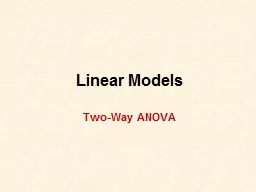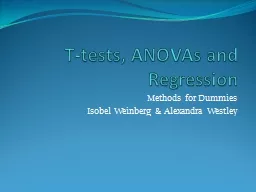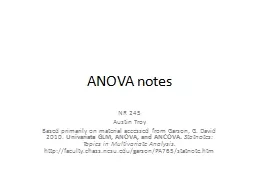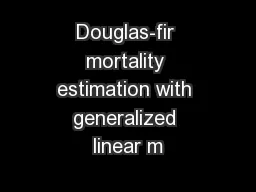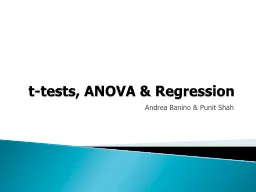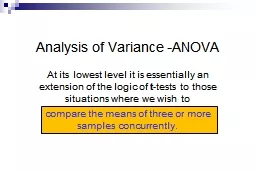PPT-Linear Models Two-Way ANOVA
Author : pamella-moone | Published Date : 2019-06-26
LM ANOVA 2 2 Example Background Bacteria effect of temperature 10 o C amp 15 o C and relative humidity 20 40 60 80 on growth rate cellsd 120 petri dishes with
Presentation Embed Code
Download Presentation
Download Presentation The PPT/PDF document "Linear Models Two-Way ANOVA" is the property of its rightful owner. Permission is granted to download and print the materials on this website for personal, non-commercial use only, and to display it on your personal computer provided you do not modify the materials and that you retain all copyright notices contained in the materials. By downloading content from our website, you accept the terms of this agreement.
Linear Models Two-Way ANOVA: Transcript
Download Rules Of Document
"Linear Models Two-Way ANOVA"The content belongs to its owner. You may download and print it for personal use, without modification, and keep all copyright notices. By downloading, you agree to these terms.
Related Documents

